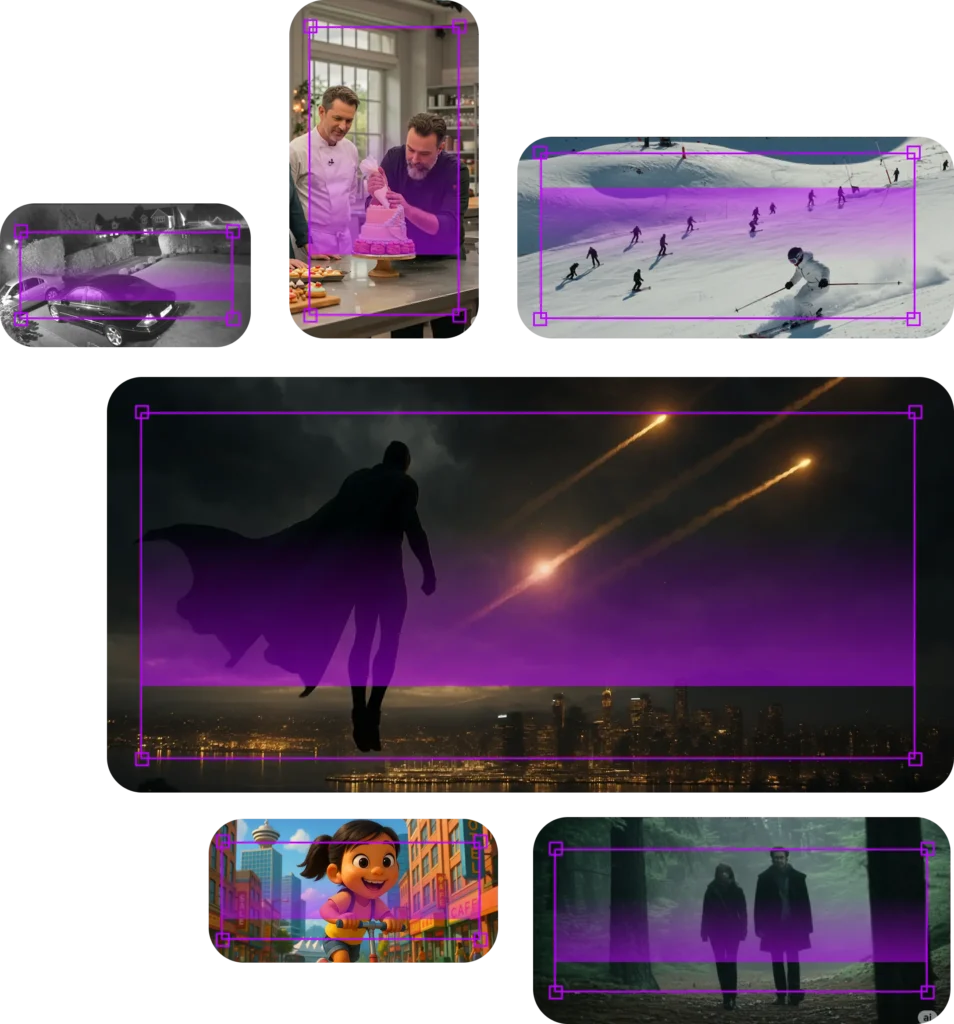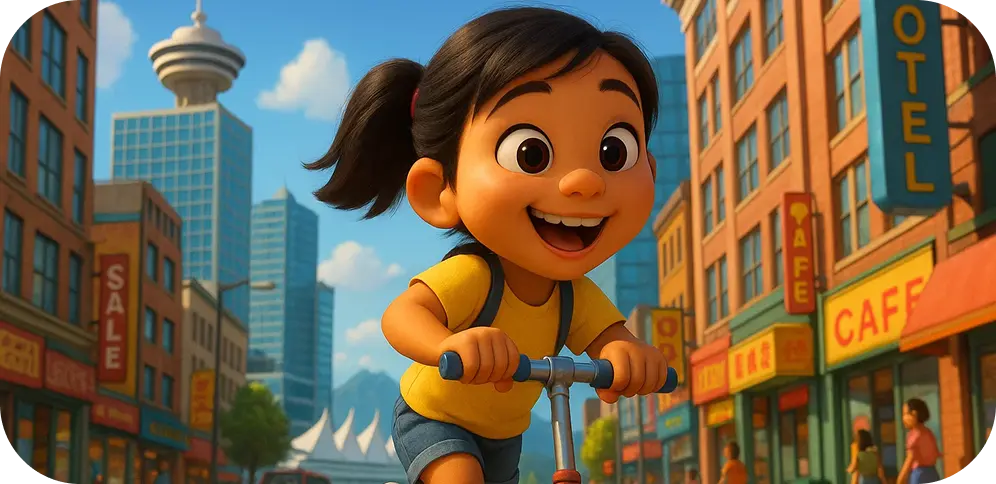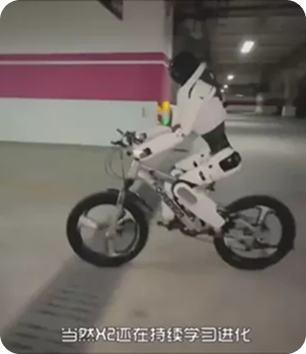Monetize Your Video Content for AI Training
These companies require diverse and authentic footage to enhance their AI models, and we offer compensation for content that meets our criteria.
These companies require diverse and authentic footage to enhance their AI models, and we offer compensation for content that meets our criteria.
Have questions?
How AI Model Training is used
Let us repeat that it will not be rebroadcast or viewed by anyone. It is only used for model training. Here is what we hope to achieve with it:
Mobile Content Recommendation
Let us repeat that it will not be rebroadcast or viewed by anyone. It is only used for model training. Here is what we hope to achieve with it:
Augmented Reality (AR) and Filters
Training with vertical videos improves face detection, gesture recognition, and environmental mapping, all essential for AR features and creative filters on smartphones.
Enhanced Advertising Analytics
AI models can analyze vertical video interactions to better understand audience engagement, measure ad effectiveness, and optimize targeting strategies
Video Quality and Streaming Optimization
Models trained on vertical formats can refine compression techniques and streaming protocols to enhance the viewing experience on mobile devices.
Real-World Perspective
Vertical videos capture content in the way most people view their mobile devices. This provides AI models with training data that is representative of real-world usage, helping the models learn to recognize and interpret scenes, objects, and actions as seen on smartphones.
Enhanced Object and Scene Recognition
The vertical orientation often emphasizes subjects and minimizes background noise. This can be useful for training algorithms in object detection and scene analysis, as the focus tends to be on a single, centered subject. AI models can learn to identify objects, people, and actions more efficiently when trained on content that highlights these elements.
Improved User Interaction and Engagement
For applications such as augmented reality, mobile gaming, or interactive advertising, vertical video content provides a more immersive and intuitive experience. Training AI models with vertical videos can improve features like facial recognition, gesture detection, and activity tracking, which are crucial for engaging mobile interfaces.
Optimizing Compression and Streaming
Vertical videos often have different compression requirements compared to traditional horizontal videos. Training AI models on these formats can help improve video streaming quality and optimize data compression algorithms, ensuring a smoother viewing experience on mobile devices.


Your content stays private and will be licensed for scientific purposes only.
Your footage WILL NOT be rebroadcast or shown to any audience. It will solely be used for AI model training, ensuring full confidentiality and control over your work.
We are committed to advancement of AI
We are actively seeking a variety of high-quality video footage that can contribute to AI advancements:

Film & Television Footage.
Your footage WILL NOT be rebroadcast or shown to any audience. It will solely be used for AI model training, ensuring full confidentiality and control over your work.

Surveillance Footage
High-quality, raw, unedited surveillance footage is particularly useful for AI training in motion detection and object recognition.

Vertical Content
Well-framed vertical videos featuring people speaking on camera or scenic shots are also accepted. AI models benefit from this footage, especially for mobile applications. Unused clips and B-roll are welcome.

Animation
Animated content is crucial for AI training in motion tracking and recognition. We accept various animation formats, with a particular interest in hand-drawn styles.

Food & Nature
AI vision models need high-quality footage of food preparation, landscapes, and wildlife. Vibrant and clear visuals are ideal for this category.

Sports
Dynamic sports footage helps AI models track movement and action sequences. Whether it’s professional or amateur, we are interested in your recordings.
Content requirements and restrictions
Min 1080p resolution*
No captions, text or popups
No sexual content**
*exceptions apply for vertical and surveillance content
**nudity is acceptable for artistic purposes
CASE STUDY
Training Robots to Ride Bicycles
A Korean client needed 5,000 hours of diverse bicycle riding footage to train AI for robot cycling. The dataset had to include various terrains, obstacle navigation, braking, and collisions.
Capturing this manually was costly and time-consuming, requiring at least 43 days of continuous cycling, multiple riders, and several cameras per session. Traditional filming approaches proved inefficient, making scalable data acquisition a challenge.
SOLUTION
Viscover licensed pre-existing footage from documentaries and influencers, providing high-quality, multi-angle clips at $4–$6 per minute instead of costly new production.
RESULT
The client successfully trained their AI while cutting production time and costs significantly.
